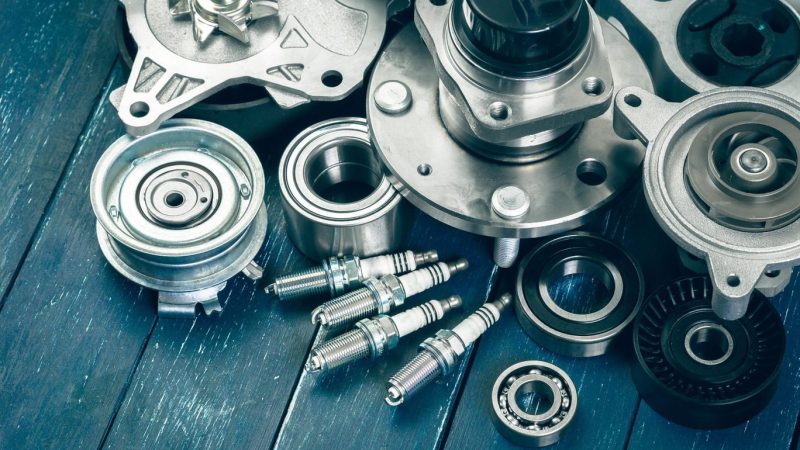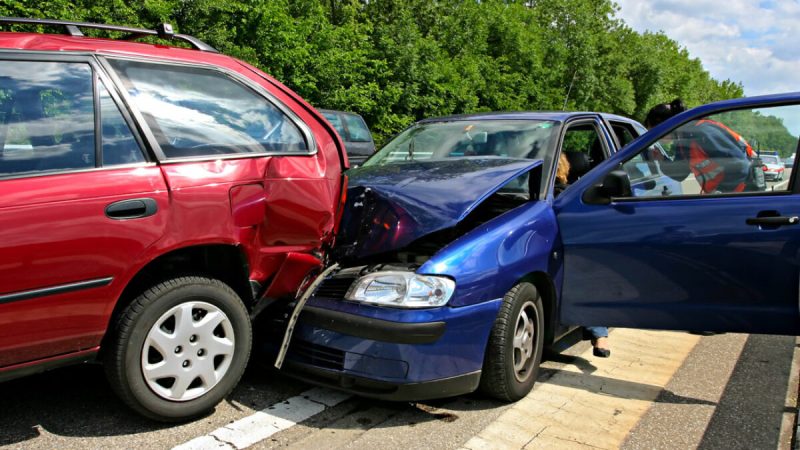Whether you’re looking for a policy for yourself, a family member or your business, auto insurance can provide coverage that’s essential for you and your vehicle. It also helps you protect yourself against financial loss if you are ever involved in an accident. In addition, you can find policies that provide comprehensive, liability, and medical payments coverage.
Liability coverage
Buying auto liability insurance is necessary in most states. This type of coverage helps protect drivers from third-party claims, paying for medical expenses and other damages. Most states have minimum liability limits. However, it’s still a good idea to have more than the minimum in order to avoid paying out of pocket.
If you live in a state that requires liability insurance, the minimum coverage is typically $100,000 for property damage per accident, $25,000 for injury to a single person, and $50,000 for injury to more than one person. You can also purchase personal injury protection coverage, which pays for medical payments and other expenses, including lost wages.
Depending on the state, you can also purchase collision and comprehensive coverage, which pays for vehicle damage. Some states also require uninsured motorist protection, which pays for damages if you are hit by an uninsured driver.
Collision coverage
Having collision coverage on your auto insurance can help protect you from the high cost of repairs. In addition, collision coverage can pay for a replacement vehicle if you are in an accident. Having collision coverage is optional, but may be required by lenders.
Choosing a collision deductible is an important step in the collision coverage process. Deductibles help make insurance more affordable. A higher deductible means you will pay more money out-of-pocket before your insurance coverage kicks in. This means you will pay less each month on your insurance premium.
The value of your car is determined by the make, model and mileage of your vehicle. An older car is less valuable than a newer car. The value of a car drops by about twice as fast as the cost of insurance coverage.
Comprehensive coverage
Having comprehensive coverage on auto insurance protects drivers from theft, natural disasters, and other unforeseeable events that may damage their vehicle. It also protects drivers from damage that would not otherwise be covered by other types of auto insurance. It is optional, but it may be worth considering if you own a very valuable car or if you live in an area that is susceptible to natural calamities.
Comprehensive coverage is usually required by lenders when leasing or financing vehicles. You should also have comprehensive insurance on your car if you are paying off the car, if you have a lien on the vehicle, or if you are a driver with a lease. The cost of comprehensive coverage will vary depending on your car’s value, your location, and your driving record.
Medical payments coverage
Having medical payments coverage on your auto insurance can be a good idea. Typically, it is very affordable and provides a significant amount of financial protection.
You may be able to find it through an insurance agent. Depending on your driving history, the type of car you own, and the type of insurance you have, the cost of medical payments coverage may vary.
Medical payments coverage is typically available to the driver, passenger, and driver’s relatives. However, this may vary from state to state. In Pennsylvania, for example, the coverage is required for all drivers.
Having medical payments coverage on your auto insurance may help protect you from expensive deductibles. These are often high for health insurance plans, and can stretch your budget before the insurance settlement is processed.
Gap insurance
Whether you’re buying a new or used vehicle, or paying off your car loan, gap insurance for auto insurance can help protect you against financial hardships. Purchasing gap insurance can be a simple, low-cost process. It’s important to note, though, that not all auto insurance companies offer this coverage.
It’s also important to understand the value of the gap insurance for auto insurance that you buy. You can determine whether or not you need gap insurance for auto insurance by comparing the value of your new or used car against the amount you owe. The more you owe, the more important it is to protect yourself.
Gap insurance for auto insurance is a relatively simple process, and is usually sold online or through a car dealership. Some dealerships offer gap insurance for auto insurance, but you should check your loan documents to see if you’re required to purchase it.






